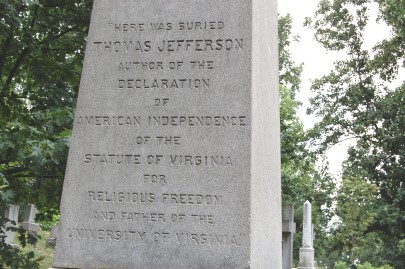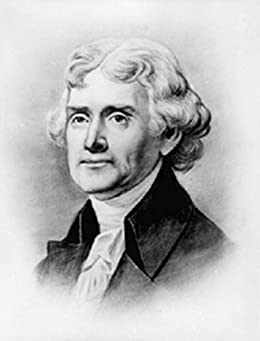
Thomas Jefferson was an American Founding Father, and his ideals of democracy, republicanism and individual rights remain influential today.
Below is an excerpt from a biography of Thomas Jefferson included with our books.
Thomas Jefferson was born on July 4, 1826 in Shadwell, Virginia, U.S.A.
Thomas Jefferson was born on April 13, 1743 at the family home in Shadwell in Virginia. Peter Jefferson, Jefferson’s father a planter and surveyor, moved his family to Tuckahoe Plantation in 1745.
They relocated to Shadwell in 1752. Peter Jefferson died when Jefferson was fourteen in 1757. His portion of his father’s estate was given to young Thomas Jefferson. Jefferson inherited approximately 5,000 acres of land, including Monticello and assumed full authority over his property at age 21.


Thomas Jefferson began attending a local school run by a Scottish Presbyterian minister. At age nine, he studied Natural Science, Latin, Greek, and French and learned to ride horses.
Thomas Jefferson was taught from 1758 to 1760 by James Maury at Gordonsville, Virginia. James taught him history, science, and the classics while boarding with Maury’s family.
Jefferson entered the College of William & Mary in Williamsburg, Virginia, at age 16, and studied mathematics, metaphysics, and philosophy under Professor William Small.
Small introduced him to the British thinkers including John Locke, Francis Bacon, and Isaac Newton. Their thoughts had strong influence on Jefferson’s future development. Jefferson improved his French, Greek, and his skill at the violin and graduated from College of William & Mary in 1762.
While working as a law clerk in Wythe’s office after the College, Jefferson continued reading the law under Professor George Wythe’s guidance to obtain his law license. He also read a wide variety of English classics and political works.
Jefferson treasured his books in his Shadwell home including a library of 200 volumes inherited from his father. Jefferson once told his lifetime friend John Adams that “I cannot live without books”.
In 1814, his collection grew to almost 6,500 volumes. After the British burned the Library of Congress that year, he sold more than 6,000 books to the Library for $23,950 to pay off some of his large debt.
In 1767, Jefferson was admitted to the Virginia bar and represented Albemarle County as a delegate in the Virginia House of Burgesses from 1769 until 1775.
In 1769, Jefferson pursued reforms to slavery and introduced legislation allowing masters to take control over the emancipation of slaves, taking discretion away from the royal Governor and General Court. Jefferson persuaded his cousin Richard Bland to spearhead the legislation’s passage, but reaction was strongly negative.
Jefferson invoked Natural Law to argue, “everyone comes into the world with a right to his own person and using it at his own will … This is what is called personal liberty, and is given him by the author of nature, because it is necessary for his own sustenance.” He later incorporated this sentiment into the Declaration of Independence.
In 1774, Jefferson wrote a resolution calling for a ‘Day of Fasting and Prayer’ in protest, as well as a boycott of all British goods. He argued people have the right to govern themselves.


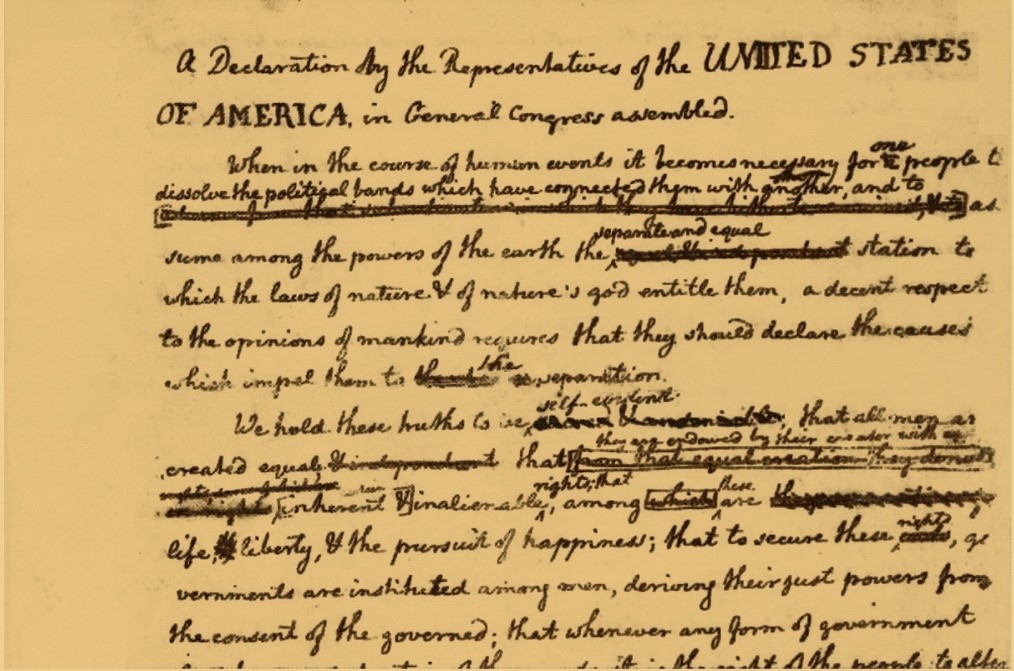
In 1768, Jefferson began constructing his primary residence, on a hilltop overlooking his 5,000-acre plantation. In 1770, Jefferson moved into the South Pavilion and turned Monticello into a neoclassical masterpiece in the Palladian style.
On January 1, 1772, Jefferson married his third cousin Martha Wayles Skelton, the 23-year-old widow of Bathurst Skelton and she moved into the South Pavilion. She was a frequent hostess for Jefferson and managed the large household.
In 1775 at the outbreak of the American Revolutionary War, a formal declaration of independence from Britain was overwhelmingly favored. Jefferson at age 33 as one of the youngest delegates to the Second Continental Congress was the primary author of the Declaration of Independence.
On July 4, 1776, the Congress ratified the Declaration. Jefferson’s preamble is regarded as an enduring statement of human rights and his “all men are created equal” has been called the most potent and consequential words in American history.
On September 26, 1775, Jefferson was a Colonel and named commander of the Albemarle County Militia. He was then elected to the Virginia House of Delegates for Albemarle County in September 1776.
In 1779 and 1780, Jefferson was elected as governor of Virginia. He transferred the state capital from Williamsburg to Richmond, and introduced measures for public education, religious freedom, and revision of inheritance laws.
In 1787, Notes by Thomas Jefferson was first published in English and credited it as an accomplishment for which all Americans should be grateful.
Following victory in the Revolutionary War and a peace treaty with Great Britain in 1783, the United States formed a Congress of the Confederation. Jefferson was appointed as a Virginia delegate. He recommended an American currency based on the decimal system, and his plan was adopted.


In 1786, Jefferson was sent by the Congress of the Confederation to join Benjamin Franklin and John Adams as ministers in Europe for negotiation of trade agreements with England, Spain, and France. Jefferson met and fell in love with Maria Cosway, an accomplished, and married, Italian-English musician of 27. They saw each other frequently over a period of six weeks. She returned to Great Britain, but they maintained a lifelong correspondence.
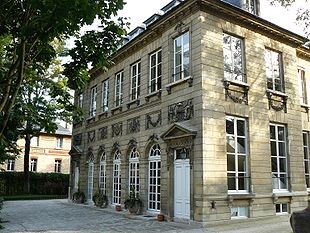
While in France Jefferson was a strong supporter of the Marquis de Lafayette, a French hero of the American Revolutionary War. Jefferson used his influence to land trade agreements with France.
Jefferson allowed his Paris residence, the Hôtel de Langeac, to be used for meetings by Lafayette and other republicans during the French Revolution. Jefferson was in Paris during the storming of the Bastille and consulted with Lafayette while the latter drafted the Declaration of the Rights of Man and of the Citizen.
In September 1789, President George Washington appointed him the country’s first Secretary of State. Soon after returning from France, Jefferson accepted Washington’s invitation to serve as Secretary of State.
The Compromise of 1790 was struck permanently locating the capital on the Potomac River, and the federal government assumed the war debts of all thirteen states.
In May 1792, Jefferson, Madison, and other Democratic-Republican organizers favored states’ rights and local control and opposed federal concentration of power, whereas Alexander Hamilton sought more power for the federal government.

In 1793, Jefferson supported France against Britain when the two nations fought. After the Washington administration negotiated the Jay Treaty with Great Britain in 1794. Jefferson warned that it would increase British influence and subvert republicanism. The Treaty passed, but when it expired in 1805 during Jefferson’s administration, it was not renewed.
In 1796 during the presidential campaign, Jefferson lost the electoral college vote to Federalist John Adams by 71–68 and was elected as vice president. In 1800, he published his assembled notes on Senate procedure as A Manual of Parliamentary Practice.
During the Adams presidency, Jefferson and James Madison anonymously wrote the Kentucky and Virginia Resolutions, declaring that the federal government had no right to exercise powers not specifically delegated to it by the states.
On February 17, 1801, after thirty-six ballots, the House elected Jefferson as the third president of the United States. Jefferson was sworn in by Chief Justice John Marshall at the new Capitol in Washington, D.C. on March 4, 1801.
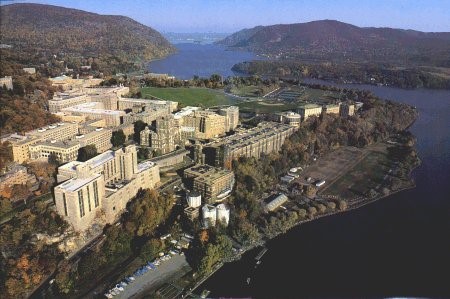
As the third President of the United States, Jefferson appointed James Madison as Secretary of State, Henry Dearborn as Secretary of War, Levi Lincoln as Attorney General, and Robert Smith as Secretary of Navy.
As the third President of the United States, Jefferson appointed James Madison as Secretary of State, Henry Dearborn as Secretary of War, Levi Lincoln as Attorney General, and Robert Smith as Secretary of Navy.
On March 16, 1802, Jefferson signed the Military Peace Establishment Act to found the United States Military Academy at West Point.
In 1802, Jefferson instructed James Monroe and Robert R. Livingston to negotiate with Napoleon to purchase Louisiana from France. In early 1803 Jefferson offered Napoleon nearly $10 million for 40,000 square miles of tropical territory.
On October 20, 1803, U.S. and France ratified the purchase treaty that was typically hailed as a major accomplishment and as the most formative event in American history.

Jefferson adopted his “civilization program” as an assimilation policy for Native Americans to secure peaceful U.S. – Indian treaty alliances and encourage agriculture.
Jefferson was re-nominated for the second term of president by the Republican Party, with George Clinton as his running mate. The Jefferson-Clinton ticket won overwhelmingly in the electoral college vote by 162 to 14.
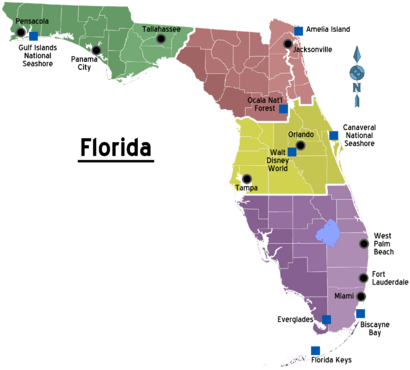

In 1807, Congress passed the Act Prohibiting Importation of Slaves and Jefferson signed it. Jefferson also sought to annex Florida from Spain that congress agreed to the president’s request to secretly appropriate purchase money in the “$2,000,000 Bill”.
In 1806 Jefferson issued a call for a boycott of British goods due to that thousands of Americans were thus impressed into their service of British. On April 18, 1806, Congress passed the Non-Importation Acts.
In June 1807, Jefferson prepared for war with British due to that the British ship HMS Leopard fired upon the USS Chesapeake off the Virginia coast. After that, Jefferson asked for and received the Embargo Act, an alternative that allowed the States to build up naval forces. The U.S. economy suffered due to that the embargo triggered a devastating decline in exports.
In December 1807, Jefferson announced his intention to not to seek a third term. The day before Madison was inaugurated as his successor, Jefferson said that he felt like “a prisoner, released from his chains”.
After the retirement from the presidency, Jefferson continued his pursuit of educational interests.
He sold his vast collection of books to the Library of Congress and founded and built the University of Virginia. He was the principal designer of the buildings, planned the university’s curriculum and served as the First President upon its opening in 1825. When Jefferson died in 1826, James Madison replaced him as the school president. Jefferson bequeathed most of his library to the university.
As he settled into private life at Monticello, Jefferson developed a daily routine of spending a few hours writing letters, inspecting the plantation on horseback, and enjoying leisure time in the gardens.
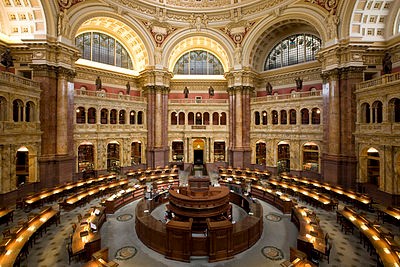

On July 3, 1826, Jefferson was affected by fever and declined an invitation to Washington to attend an anniversary celebration of the Declaration. During the last hours of his life, he was surrounded by family members and friends.
At 12:50 PM on July 4, 2816, Jefferson died at age 83 on the fiftieth anniversary of the Declaration of Independence and just a few hours before the death of his lifelong John Adams, the second president of the United States. Jefferson died with a gold locket on a chain around his neck containing a small faded blue ribbon which tied a lock of his wife Martha’s brown hair for forty years.
Jefferson’s remains were permanently settled at Monticello under a self-written epitaph:
HERE WAS BURIED THOMAS JEFFERSON, AUTHOR OF THE DECLARATION OF AMERICAN INDEPENDENCE, OF THE STATUTE OF VIRGINIA FOR RELIGIOUS FREEDOM, AND FATHER OF THE UNIVERSITY OF VIRGINIA
